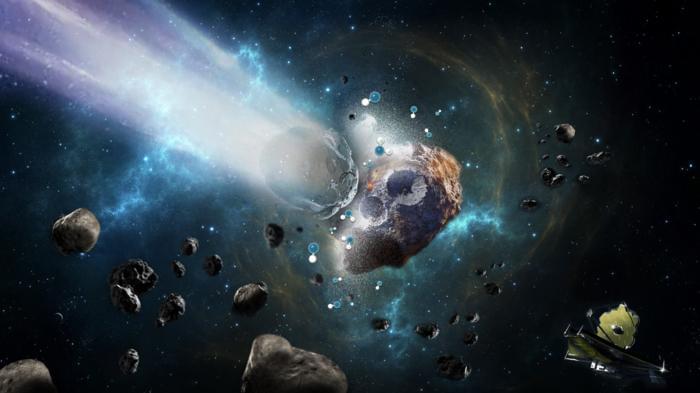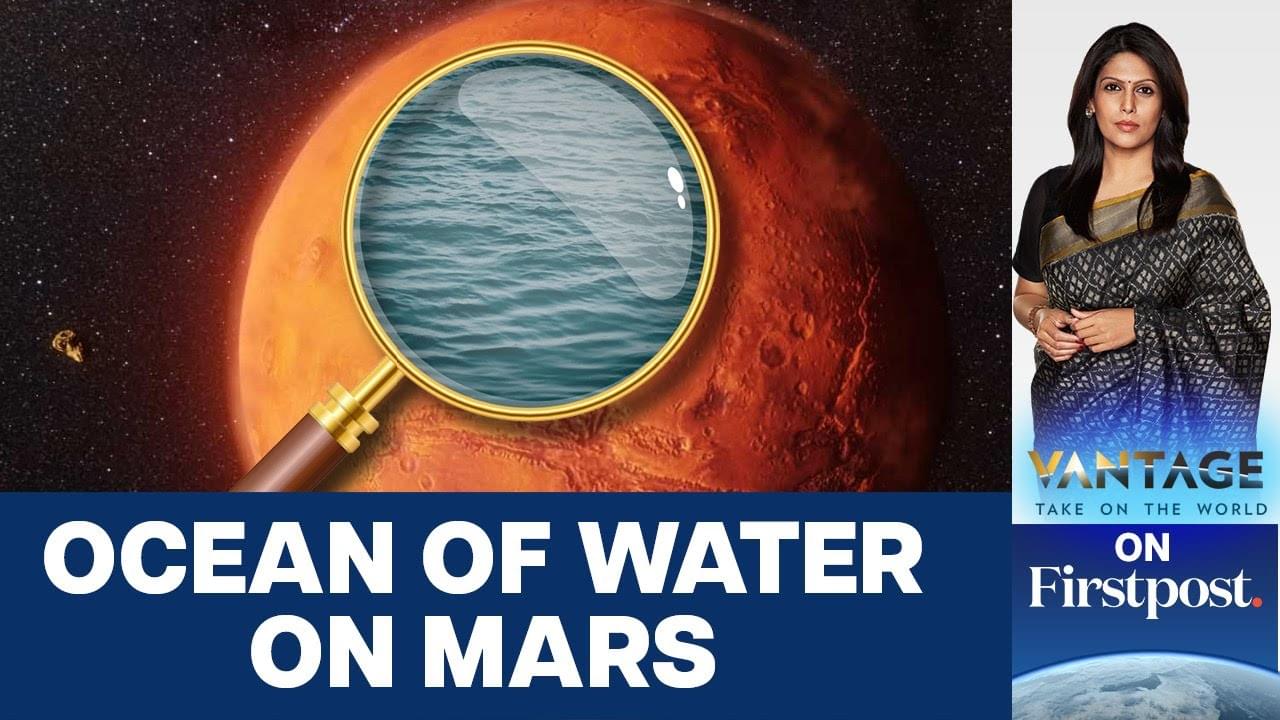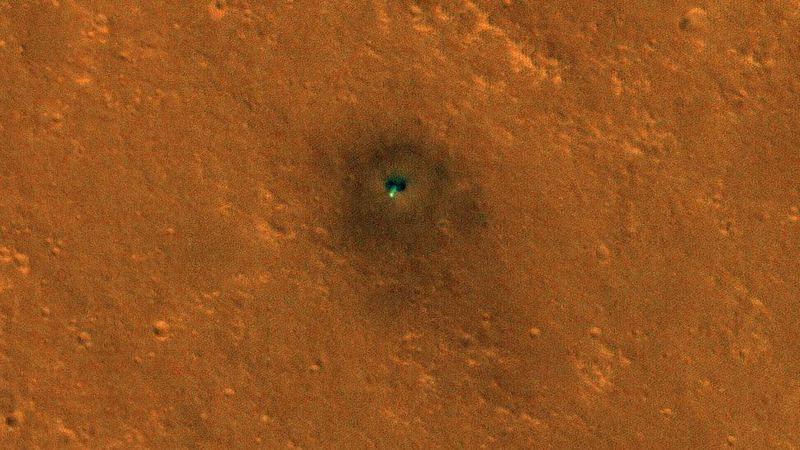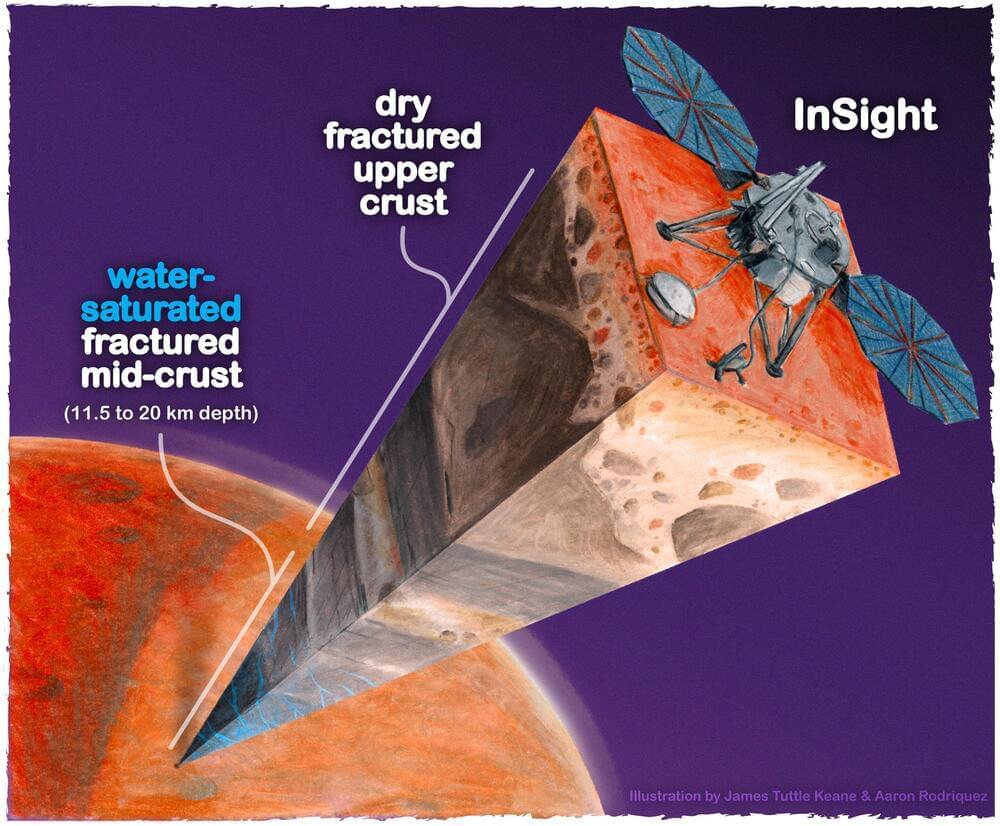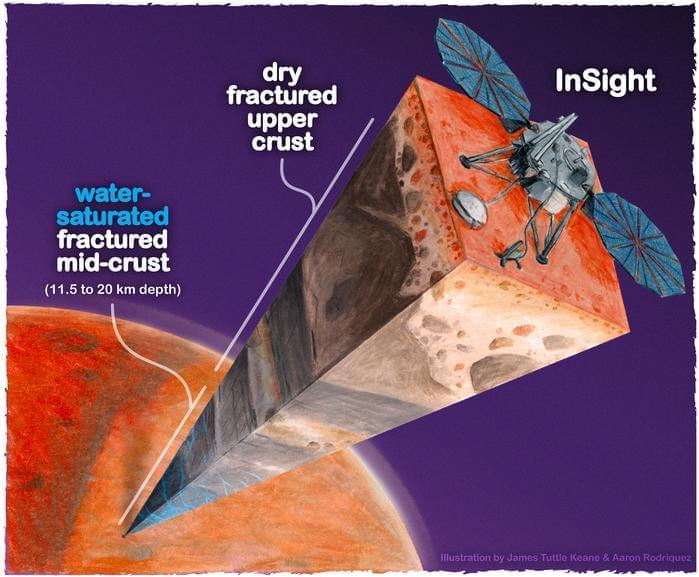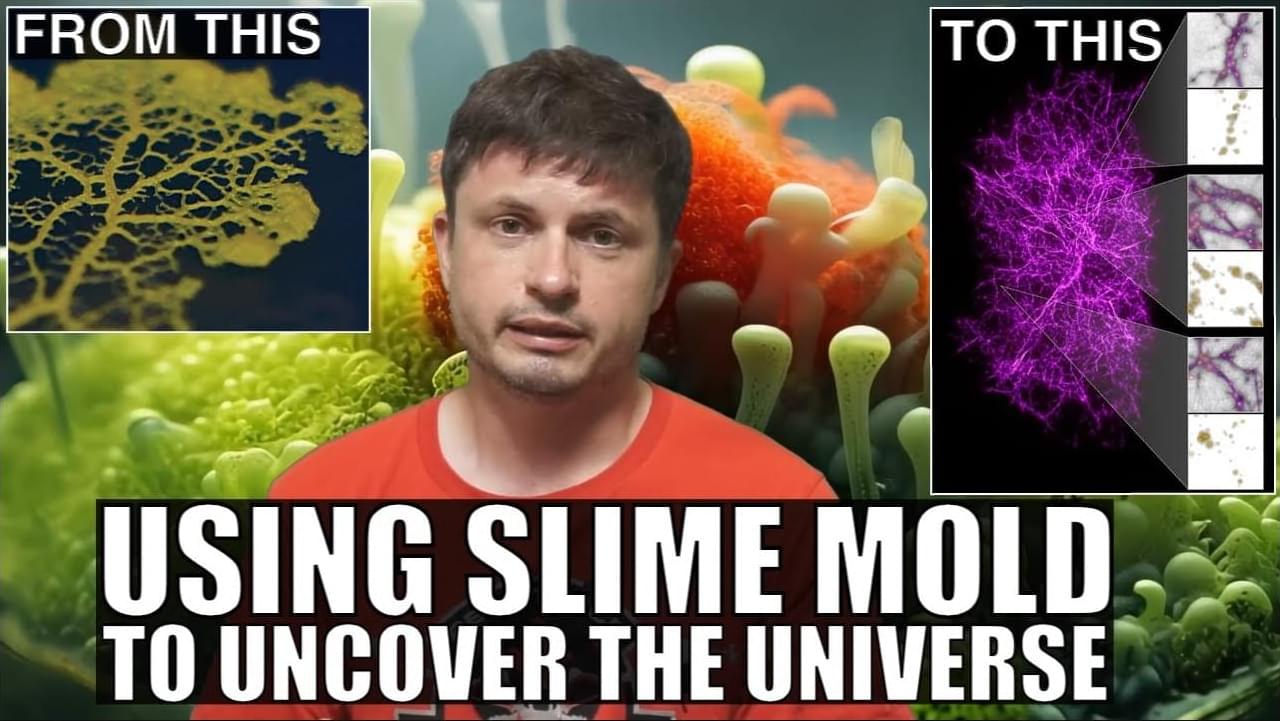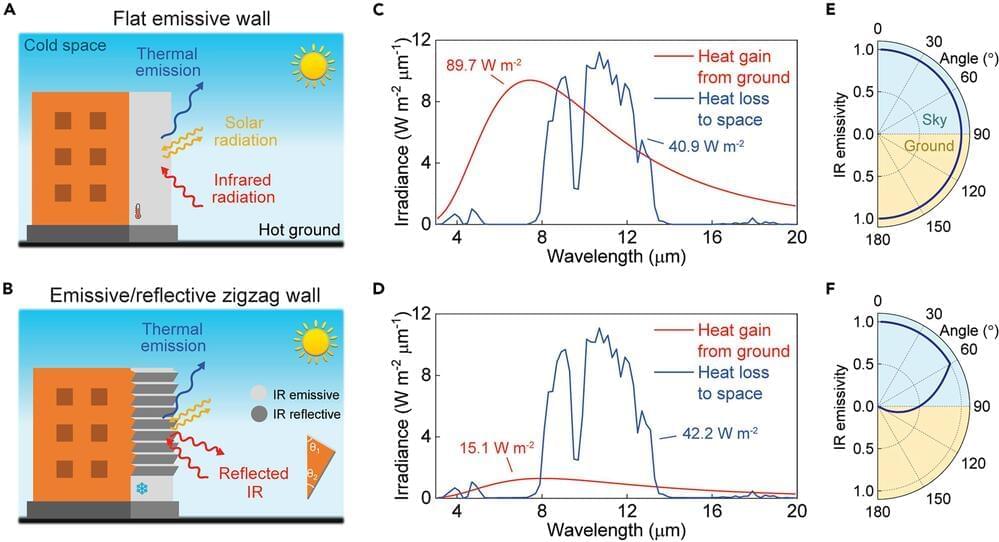Aug 14, 2024
Webb Telescope Unveils Evidence of Water and Hydration on Asteroid Psyche
Posted by Laurence Tognetti, Labroots Inc. in categories: evolution, space
“Asteroids are leftovers from the planetary formation process, so their compositions vary depending on where they formed in the solar nebula,” said Dr. Anicia Arredondo. “Hydration that is endogenous could suggest that Psyche is not the remnant core of a protoplanet.”
Could a metallic asteroid contain water and what can this teach us about the asteroid’s formation and evolution? This is what a recent study due for publication in the Planetary Science Journal hopes to address as a team of researchers led by the Southwest Research Institute (SwRI) investigated whether the metallic asteroid Psyche —which is one of the largest objects in the main asteroid belt—could contain evidence of water and hydration.
This study holds the potential to help scientists better understand the formation and evolution of asteroids and what this can teach us about the history of the solar system. This study also comes as NASA’s Psyche spacecraft is currently en route to the Psyche asteroid and is scheduled to arrive in August 2029.
Continue reading “Webb Telescope Unveils Evidence of Water and Hydration on Asteroid Psyche” »
